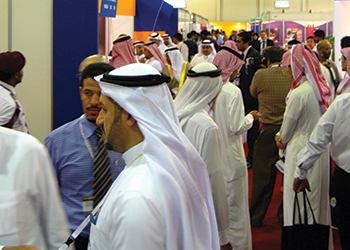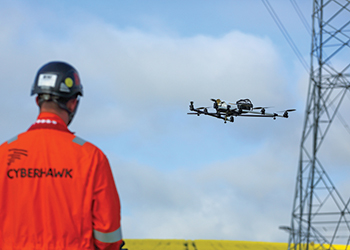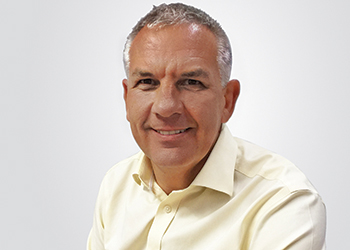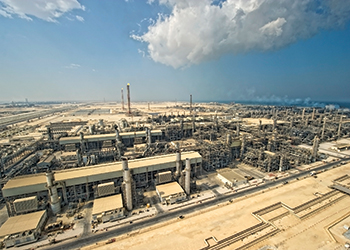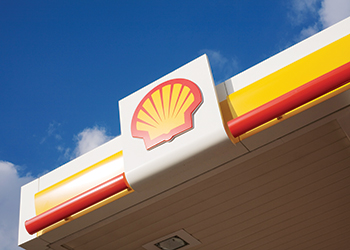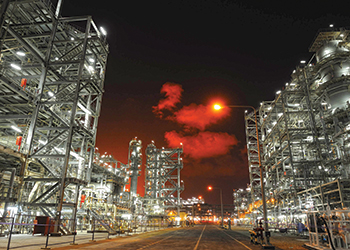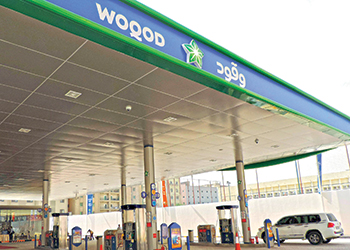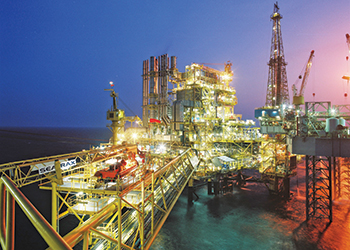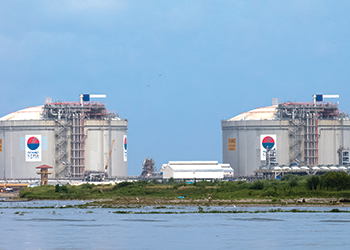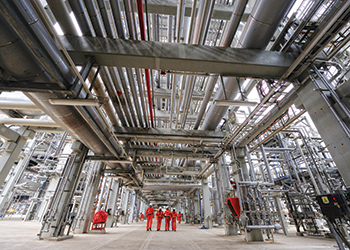
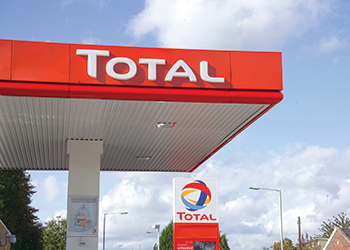 Total ... very serious about Al Shaheen
Total ... very serious about Al Shaheen
The companies are expected to face stiff competition, including from majors already active in Qatar such as Royal Dutch Shell, ConocoPhillips and ExxonMobil. It is understood that Asian companies are also looking to compete
The largest oil companies are chasing a stake in the offshore Al-Shaheen field in Qatar ahead of the mid-2017 expiry of the current contract, which is held by Danish Maersk.
France’s Total is among those firms looking very seriously at a stake in Al-Shaheen, multiple industry sources say. The firm already operates Qatar’s 25,000 barrel per day Al-Khaleej offshore field. Its production sharing agreement expired in 2012, but Total was allowed to renew its position after it agreed to reduce its 100 per cent shareholding to 40 per cent and give the remaining equity to Qatar Petroleum (QP).
Maersk, which was not given the option to renew, is also expected to bid aggressively to stay on the field, which produces some 300,000 bpd – nearly half of Qatar’s 660,000 bpd.
The companies are expected to face stiff competition, including from majors already active in Qatar such as Royal Dutch Shell, ConocoPhillips and ExxonMobil. It is understood that Asian companies are also looking to compete.
The interest in Al-Shaheen follows state-owned QP’s announcement in May that it would offer its largest producing oil field for tender in a bid to open up competition and secure more favourable terms.
Al-Shaheen is Maersk’s most important asset, accounting for around 40 per cent of the company’s total output. According to Energy Intelligence Research & Advisory, Maersk’s oil entitlement from the field is around one-third of Al-Shaheen’s output. It would mark a major setback if it loses its position on the field.
A diplomatic source says Maersk faces stiff competition to retain the rights as Qatar is likely to seek a partnership with an oil major that can deliver ancillary economic, political or technological benefits.
Maersk signed a 25-year exploration and production sharing agreement with QP in 1992 and production commenced in 1994, reaching 500,000 bpd in 2013 before Doha mandated that the field be capped at 300,000 bpd to preserve field longevity.
Maersk’s entrance to the technically challenging offshore Al-Shaheen was viewed as a gamble by peers, with initial estimates that production could only reach 50,000 bpd. Nevertheless, Maersk leveraged expertise from operating in the North Sea and horizontal drilling techniques to extract oil and gas out of the tight field, which stretches across 2,500 square kilometers and is only a few meters thick in places.
By sending gas onshore to power plants and by utilizing gas injection in the field, the company was able to significantly reduce flaring and boost recovery.
Maersk has spent over $9 billion since 2005 and is currently 75 per cent of the way through its 2012 field development plan, which includes the drilling of an additional 51 wells and debottlenecking of production facilities to facilitate stable production at the current plateau.
QP boss Saad Al-Kaabi, who has a reputation as a canny negotiator and possesses a virtually unparalleled knowledge of Al-Shaheen, warned in June that international oil companies "will have to compete harder and offer more" to win projects in the tiny Gulf Arab state.
The terms and structure for Al-Shaheen will set a standard for the tender process for Qatar’s second-largest field, Idd Al-Shargi, which is operated by Occidental and is due to expire in 2019.
Qatar’s hydrocarbon-dominated economy is suffering after crude slumped from above $110 per barrel in mid-2014 to below $50/bbl at present. Several sources say the country will be basing its 2016 budget on $40/bbl.
Maersk has also been forced to pare back spending and announced in late October a 10 per cent-12 per cent reduction of its workforce in Qatar.










































































